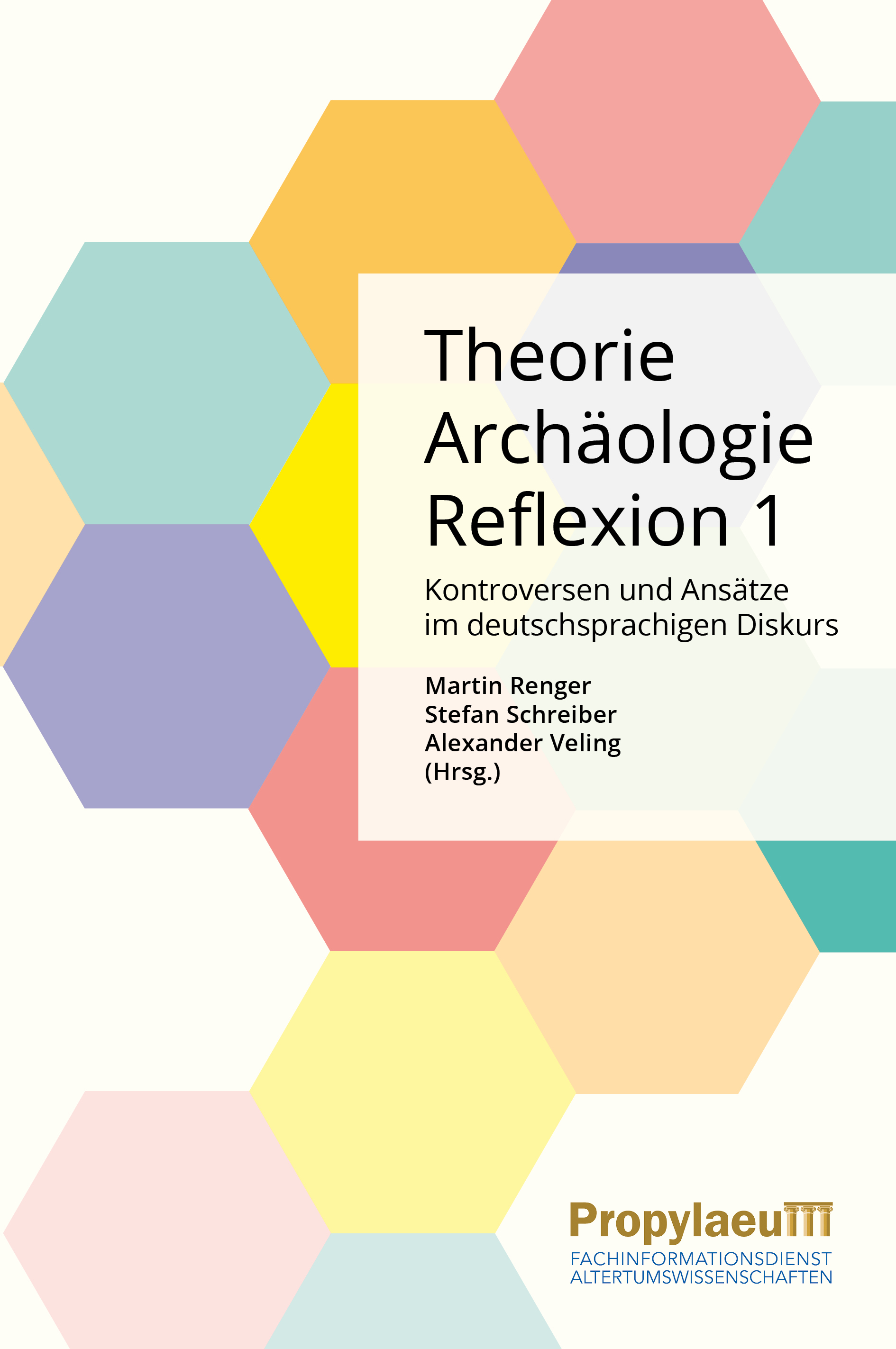Gli "Annali online Unife. Sezione di Storia e Scienze dell'Antichità" raccolgono contributi - in qualsiasi lingua comunitaria - di argomento storico, dall’antichità fino ai nostri giorni. La struttura degli Annali è bipartita, in armonia con le due ‘anime’ che costituiscono la Sezione, quella della “Storia” e quella delle “Scienze dell’Antichità”. Naturalmente all’interno di esse si potranno trovare anche contributi in discipline altre, purché abbiano un taglio o degli interessi riconducibili all’una o all’altra sezione della rivista. Occasionalmente saranno accolte anche le recensioni. L'obiettivo è dunque quello di promuovere e valorizzare l'alta funzione formativa della Storia e delle sue discipline ausiliarie all'interno della comunità scientifica di riferimento e fra gli studiosi più in generale.
Vol 1202221 ottobre 2022Vol 220231 dicembre 2023Vol 3202410 dicembre 2024
Storia
Scienze dell’Antichità
Fascicolo completo
See AWOL's full List of Open Access Journals in Ancient Studies














